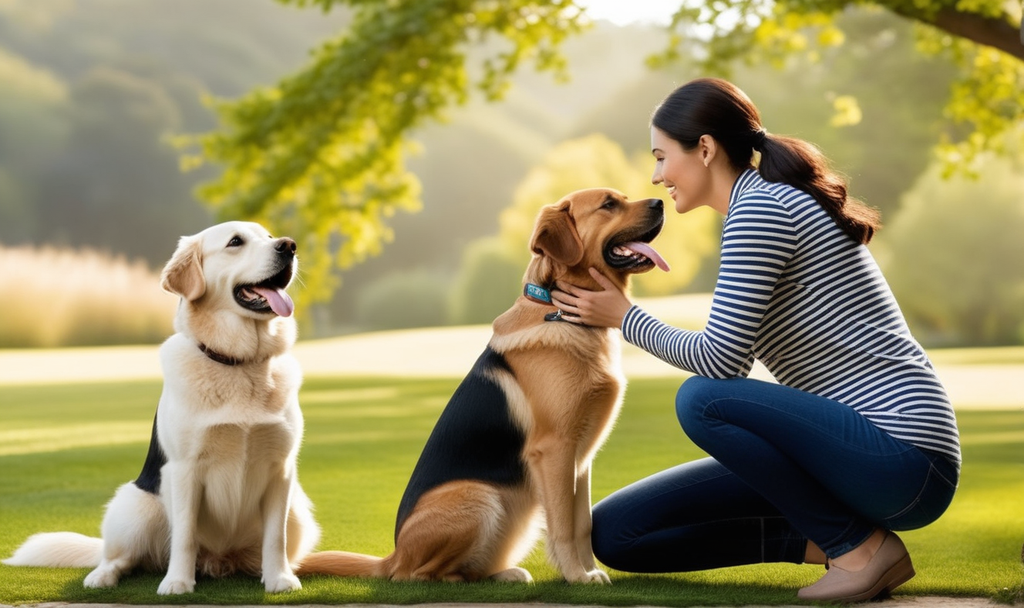Introduction
Our beloved pets communicate with us in a language beyond words. Understanding and interpreting their body language is crucial for building a strong bond and ensuring their well-being. In this blog post, we’ll delve into the fascinating world of pet behavior, exploring the subtle cues that reveal what our furry friends are trying to convey. (Understanding Pet Behavior)
The Importance of Decoding Body Language
Before we embark on deciphering the intricate signals our pets give us, it’s essential to recognize the significance of this skill. Decoding your pet’s body language is not just about fostering a deeper connection; it’s also about responding appropriately to their needs, enhancing the quality of their life, and preventing potential issues.
Understanding Non-Verbal Signals
Pets, lacking the ability to communicate verbally, rely on a rich array of non-verbal signals to express themselves. These signals encompass a wide spectrum, including facial expressions, body postures, tail movements, and vocalizations. By paying attention to these cues, we can gain valuable insights into their emotional states and needs.
Key Elements of Pet Body Language
Facial Expressions: The Window to Emotions
A pet’s face is a canvas of emotions, and deciphering their expressions is a vital aspect of understanding them. Happy pets often exhibit relaxed faces, with eyes that are bright and ears in a natural position. On the contrary, a pet in distress may show signs such as narrowed eyes, flattened ears, or even bared teeth. Recognizing these cues can help you respond appropriately to their emotional needs.
Body Postures: Unspoken Language of Comfort and Discomfort
Pets use their bodies to communicate a wealth of information. A relaxed, loose posture generally indicates contentment, while a stiff, tense stance may suggest fear or aggression. Observing your pet’s body language in different contexts can provide valuable insights into their comfort levels and emotional well-being.
Tail Talk: Wagging, Twitching, and Beyond
A wagging tail is often associated with a happy and excited pet, but tail language goes beyond mere wagging. The position, speed, and direction of the wag can convey specific emotions. For instance, a slow wag may indicate uncertainty or caution, while a rapid wag often signals joy. Understanding these nuances can prevent misinterpretations and foster a stronger bond.
Common Misconceptions and Pitfalls
Avoiding Misinterpretations
While decoding your pet’s body language, it’s crucial to be aware of common misconceptions. For instance, assuming that a cat’s purring always signifies contentment can lead to misinterpretations. Cats may also purr when in pain or distress. Being attuned to the overall context and combining multiple cues is key to accurate interpretation.
The Role of Context in Decoding
Context plays a pivotal role in understanding pet behavior. A wagging tail, for instance, can signify excitement during play but may indicate anxiety in a different context. By considering the surrounding circumstances, you can refine your interpretation and respond appropriately to your pet’s needs.
Practical Tips for Decoding Your Pet’s Body Language
Active Observation: Tuning into Subtle Cues
One of the most effective ways to decode your pet’s body language is through active observation. Take time to observe their behaviors in various situations, noting patterns and nuances. This keen awareness allows you to pick up on subtle cues that might go unnoticed in a hurried routine.
Building Trust: A Two-Way Street
Building trust is crucial for accurate interpretation. Just as you observe your pet, they observe you. By responding consistently and positively to their cues, you strengthen the bond of trust. This, in turn, encourages more open communication, allowing you to decode their body language with greater precision.
If you have any question about this article, please contact us …
If you want you can know more about this through goodhousekeeping.
Conclusion
In the intricate tapestry of pet-human relationships, understanding your pet’s body language is a skill that enhances the connection between companions. Decoding the silent language our pets speak is a journey of observation, patience, and empathy. By recognizing the nuances of facial expressions, body postures, and tail movements, we bridge the communication gap and create a harmonious environment for our cherished friends.
As we embark on this journey of understanding, let us remember that decoding our pet’s body language is not just a skill but a profound expression of love and commitment to their well-being. So, let’s observe, learn, and communicate in the beautiful language of companionship that transcends words.

